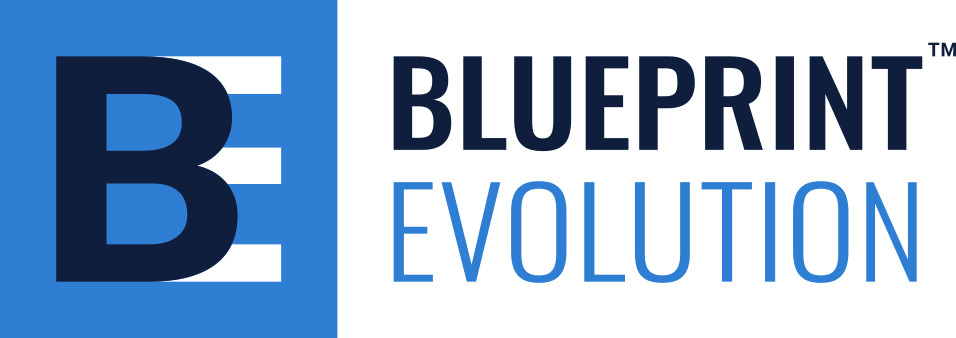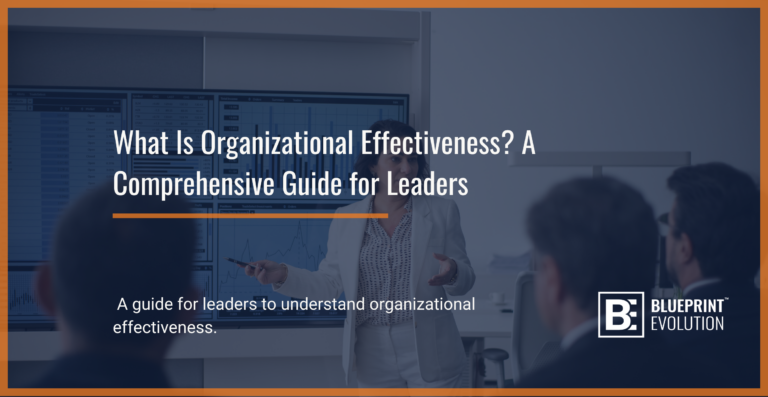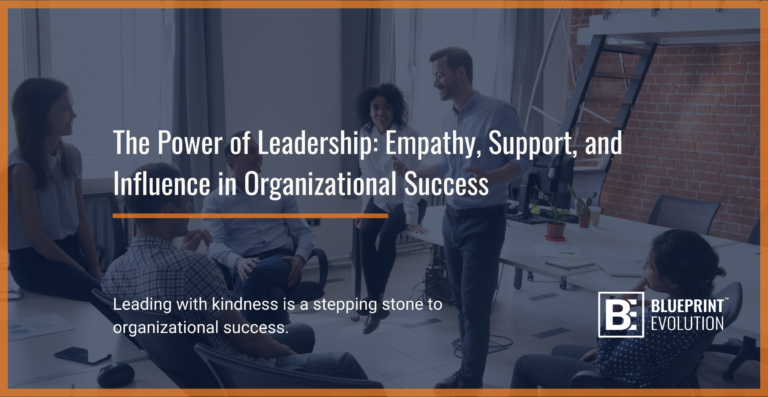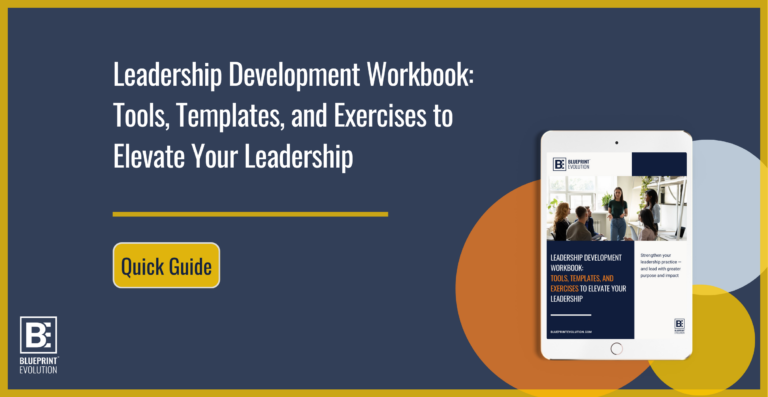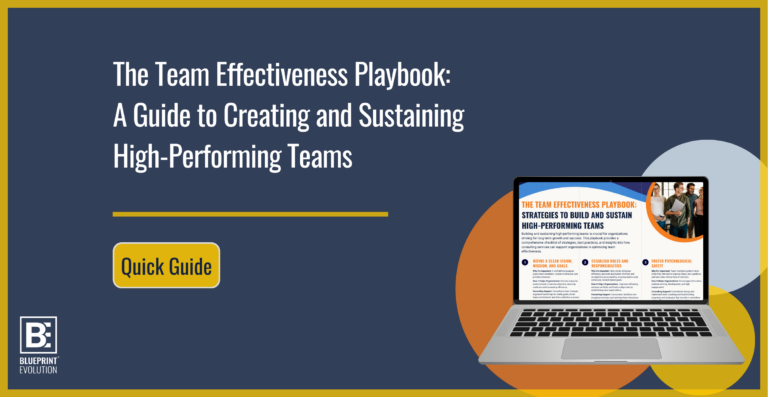Maximizing Organizational Effectiveness with Performance Metrics and Evaluation
Accurate measurement and evaluation of performance are essential for organizational success. Implementing and assessing key performance indicators (KPIs) allows organizations to use quantifiable metrics to gauge progress toward strategic goals. By establishing clear benchmarks and systematically tracking these metrics, businesses can monitor achievements, pinpoint areas for improvement, and ensure alignment with their overall objectives.
The Importance of Performance Metrics and Evaluation
Performance metrics are crucial not only for showcasing current achievements but also for identifying gaps and inefficiencies that may hinder progress. By offering valuable insights, these metrics enable organizations to make informed, timely adjustments. This fosters a culture of continuous improvement, driving better outcomes across all levels of the organization. Embracing performance evaluation helps organizations stay agile, optimize processes, and enhance overall effectiveness, ensuring sustained success and growth.

The Blueprint Process
- Enhanced Strategic Alignment: Aligns all departments and teams with shared objectives, minimizing misalignment and promoting collaboration.
- Data-Driven Decision Making: Provides leaders with actionable data to make informed decisions, enhancing efficiency and effectiveness.
- Increased Accountability: Sets clear expectations and accountability at every level, ensuring every team member contributes to the organization’s success.
- Continuous Improvement: Facilitates regular reviews and adjustments of KPIs, allowing organizations to adapt, optimize processes, and maintain a competitive edge.

- Structures & Roles
-
Examining the organizational structure and defining roles and responsibilities is crucial for organizational effectiveness because it ensures that departments, teams, and individuals are optimally organized and interact efficiently. Clarifying roles and improving the structure enhances coordination, streamlines workflows, and optimizes performance. This alignment helps prevent confusion, reduces redundancy, and ensures that all parts of the organization work cohesively towards common goals, ultimately improving overall productivity and effectiveness.
- Processes & Workflows
-
Evaluating and designing efficient processes and workflows is essential for organizational effectiveness because it directly impacts productivity and operational efficiency. Analyzing how work is carried out, identifying bottlenecks, and streamlining procedures helps to eliminate redundancies and improve coordination. This optimization enhances overall efficiency, reduces errors, and accelerates achievement of organizational goals, leading to better performance and competitive advantage.
- Culture & Values
-
Assessing the organizational culture and values is vital for organizational effectiveness because it influences the workplace environment and employee interactions. Understanding the shared beliefs, behaviors, and values that define the culture helps ensure alignment with organizational goals and fosters a positive work atmosphere. A strong, cohesive culture enhances employee engagement, drives collaboration, and supports retention, ultimately contributing to improved performance and achieving strategic objectives.
- Communication & Collaboration
-
Examining communication channels and collaboration mechanisms is crucial for organizational effectiveness as it affects the flow of information and decision-making processes. Assessing these elements helps uncover gaps or inefficiencies in how teams and departments interact. Effective communication and collaboration improve coordination, strengthen relationships, minimize misunderstandings, and create a more agile organization, ultimately enhancing problem-solving, driving innovation, and boosting overall performance.
- Performance Metrics & Evaluation
-
Establishing and evaluating key performance indicators (KPIs) is crucial for organizational effectiveness because it provides a quantifiable measure of performance against set goals. Setting benchmarks and monitoring progress help track achievements and identify areas for improvement. Regular reviews of performance ensure that the organization stays aligned with its objectives, enabling timely adjustments and driving continuous improvement for better outcomes.
